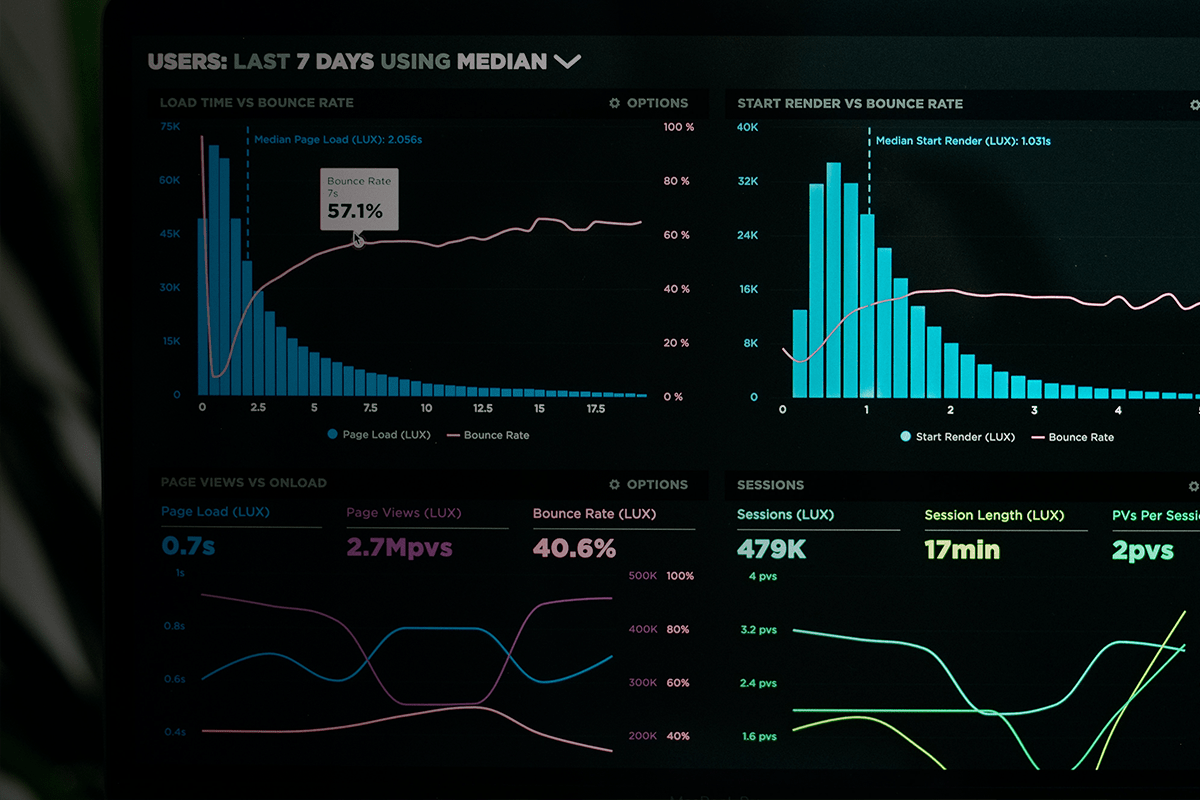Once you have a deep understanding for data you will want find ways to get the most out of what you are seeing. In order to test your theories you need to do a marketing experiment.
A marketing experiment is a structured and controlled process of testing a marketing strategy or tactic in order to gather data and insights about its effectiveness. It typically involves creating a hypothesis about the outcome of a strategy, implementing it in a controlled environment, measuring the results, and analyzing the data to draw conclusions about the strategy’s effectiveness.
Marketing experiments can be used to test a wide range of marketing tactics, such as email campaigns, social media ads, website design, and more. The goal of a marketing experiment is to gather data-driven insights that can be used to improve a company’s marketing strategy and achieve better results.
How to create a marketing hypothesis
An example of a marketing hypothesis for a B2B company could be: “Offering a free trial of our software will increase the number of leads generated from our website.”
To test this hypothesis, the company can set up an experiment with the following steps:
- Create a landing page on the company’s website that promotes the free trial of the software.
- Use A/B testing to randomly split website visitors into two groups: one group will see the landing page promoting the free trial, while the other group will see the regular website.
- Track and measure the number of leads generated from each group over a certain period of time.
- Analyze the results and compare the number of leads generated from the group that saw the free trial landing page versus the control group.
- Use the data to make a decision on whether to implement the free trial as a regular offer on the website or not.
This experiment will help the company to understand the impact of offering a free trial on the number of leads generated from the website.
In general, making a marketing hypothesis is the process of making an educated guess on the outcome of a marketing strategy, and then testing that hypothesis through an experiment, to see if it’s accurate or not. This process allows a company to make data-driven decisions and improve their marketing strategy over time.
How to Create a B2B email marketing experiment
One possible digital marketing experiment to increase leads for a B2B company could be to test the use of personalized email campaigns.
Here are the steps for the B2B email experiment:
- Segment the company’s email list into different groups based on factors such as job title, industry, and past purchasing behavior.
- Create personalized email campaigns for each segment, tailoring the content, subject line, and call to action to the specific group.
- Use A/B testing to compare the performance of the personalized emails against a control group that receives generic emails.
- Measure the results by tracking the open and click-through rates, and the number of leads generated from each campaign.
- Analyze the data and make adjustments to the personalized email campaigns as needed.
By testing the use of personalized email campaigns, the B2B company can gain insights into the effectiveness of this approach and whether it is a viable strategy for generating more leads. This experiment can also be used to identify the best-performing segments, and use the learnings to improve the overall email marketing strategy.
How to create B2B digital ads marketing experiment
Another digital marketing experiment to increase leads for a B2B company could be to test the use of targeted digital ads. Here are the steps for the experiment:
- Identify the target audience for the digital ads, by analyzing customer demographics, interests and behaviors.
- Create different ad campaigns targeting different segments of the audience, using different ad formats, messages and calls to action.
- Use A/B testing to compare the performance of the different ad campaigns, measuring metrics such as click-through rate, conversion rate, and cost per lead.
- Analyze the data and make adjustments to the ad campaigns as needed.
- Implement the best-performing ad campaigns on a larger scale and track the results.
By testing different ad campaigns targeting different segments of the audience, the B2B company can gain insights into the effectiveness of this approach and whether it is a viable strategy for generating more leads. This experiment can also be used to identify the best-performing segments, and use the learnings to improve the overall digital ad strategy.
It’s worth noting that this is just one example of a digital marketing experiment, and there are many other ways a B2B company can test different strategies to increase leads. It’s important to evaluate the company’s specific situation and goals to determine the best approach.





